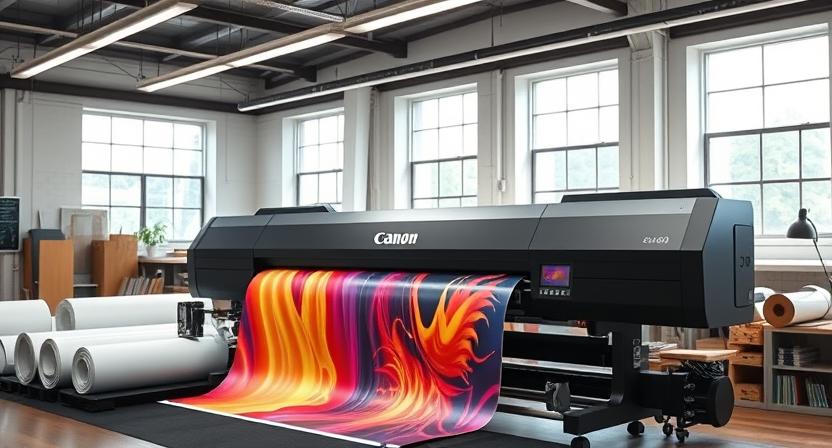An efficient printing workflow is essential for businesses to maintain productivity and reduce operational costs. Whether a company handles internal document printing or produces marketing materials, streamlining the process ensures timely delivery and consistent quality. A well-structured workflow can prevent common bottlenecks and errors, leading to smoother day-to-day operations.
Many businesses in the Middle East have improved their printing processes by collaborating with suppliers like Tenaui. These partnerships provide not only quality printing equipment but also expert guidance on optimizing workflows, enabling companies to maximize their printing capabilities while minimizing waste.
Understanding Printing Workflow
A printing workflow refers to the sequence of steps involved in creating a printed product, from design preparation to final output. It encompasses file management, printer settings, color calibration, and quality control, all of which affect the efficiency and outcome of the printing task.
Key Components of an Efficient Printing Workflow
Pre-Press Preparation
Ensuring files are correctly formatted and optimized before printing prevents errors and reprints. This includes checking resolution, color profiles, and bleed settings.
Color Management
Accurate color calibration across monitors and printers maintains color consistency, which is vital for branding and professional presentations.
Printer Settings and Maintenance
Correctly configured printer settings tailored to the specific job help avoid misprints and material waste. Regular maintenance keeps equipment operating at peak performance.
Job Scheduling and Tracking
Organizing print jobs based on priority and deadlines improves throughput. Implementing job tracking software allows monitoring progress and identifying delays.
Benefits of Streamlining Printing Workflows
Time Savings
Optimized workflows reduce setup and printing times, enabling businesses to meet tight deadlines and increase output capacity.
Cost Reduction
Minimizing errors and material waste lowers operational expenses, freeing up budget for other business needs.
Improved Print Quality
Consistent workflows ensure every print meets quality standards, enhancing customer satisfaction and brand reputation.
Enhanced Collaboration
Clear workflows facilitate better communication between design, marketing, and production teams, reducing misunderstandings.
How Tenaui Supports Workflow Optimization?
Tenaui offers not only printing equipment but also consultation services to help businesses design efficient workflows. Their experts advise on the right software tools, printer configurations, and staff training programs. Additionally, Tenaui’s technical support ensures quick resolution of issues that could disrupt workflows.
Integrating Digital Tools for Better Workflow Management
Print Management Software
Software solutions automate print job queuing, cost tracking, and user permissions, enabling centralized control over printing resources.
Cloud Printing
Cloud-based printing allows remote submission and management of print jobs, enhancing flexibility for businesses with multiple locations or remote workers.
Color Proofing Tools
Digital proofing tools provide previews and corrections before printing, reducing costly errors and reworks.
Best Practices for Businesses
Regular Training
Ensuring employees understand workflow procedures and printer operation reduces mistakes and equipment misuse.
Standardizing Processes
Creating standardized templates and procedures promotes consistency and speeds up routine print jobs.
Monitoring Performance
Analyzing print usage and error rates helps identify bottlenecks and opportunities for improvement.
Conclusion
Optimizing printing workflows is a strategic move that helps businesses increase efficiency, reduce costs, and maintain high-quality outputs. Partnering with trusted suppliers like Tenaui provides access to not only reliable printing equipment but also expert advice on workflow management. By leveraging technology and best practices, companies can streamline their printing operations, improve collaboration, and better serve their customers. Investing time and resources into workflow optimization ultimately supports sustainable business growth and competitive advantage.





Comments